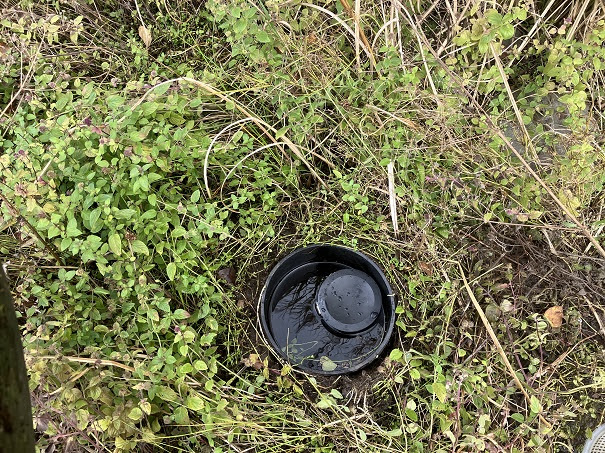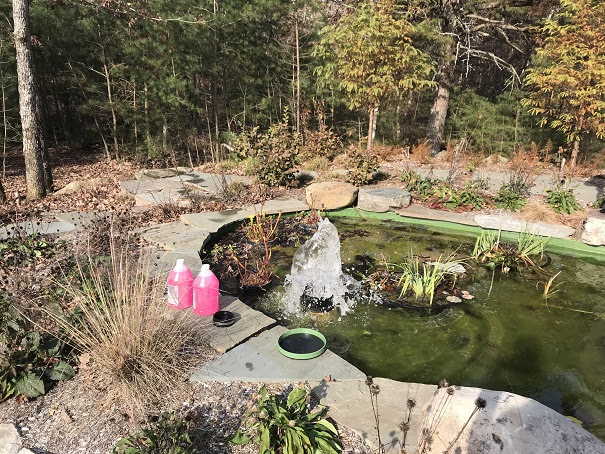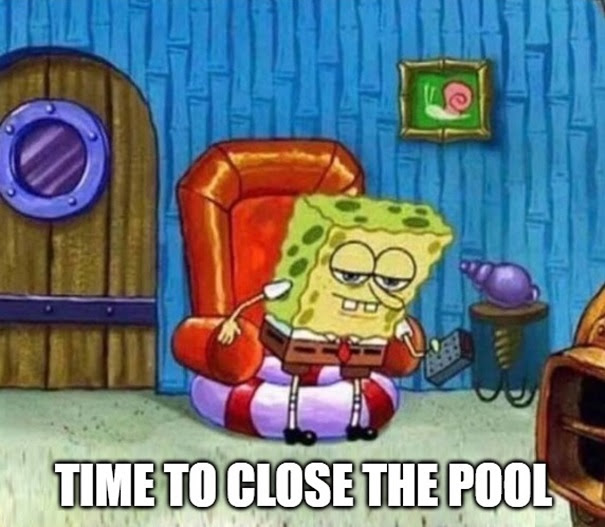Dear friends,
We would love to hear about your current BioNova® projects. Please send Ryan, ryan@bionovanaturalpools.com, any information and pictures of your projects and we will gladly put them in the newsletter to share with all of the dealers. Thank you and we hope to see your inputs soon!
Here’s what’s happening at BioNova® Natural Pools North America…
Winterizing a Natural Pool or Pond
We have past Labor Day and are closing in on autumn, and if you live in the cooler regions of the United States then you most likely are busy winterizing and closing pools, ponds, and water features. For a lot of you out there you may already know everything this is to know about winterizing pools and specifically natural pools and ponds, and some of you are in climates where the pools stay open all year. However we wanted to put out some information that may help with your winterizing procedures.
As many of you know, the basic components of a natural pool that are common to chemical pools get winterized the same way. Return, suction, and skimmer lines should have all the water blown out and plugged to make sure the lines don’t freeze and burst during the winter. Along with plugging the skimmers some device, like a pool gizzmo, that is designed to absorb the expansion of winter freeze should be placed in the skimmers to protect them.
This information should be pretty well known but where questions may arise is with the winterizing of some of the BioNova® equipment used in our ponds and regeneration zones, namely the fine filters, d-shafts, and lily-pad skimmers.
BioNova® lily-pad skimmers can’t be plugged as the water enters through several slots along the bottom. The construction of the skimmer is sturdy enough to hold up to freezing water expansion but the skimmer lines should still be blown out and air locked to keep water out of the pipes that may be exposed to freezing temperatures.
BioNova® D-shafts should have the tubes inserted inside. During operation only the return d-shafts have the tubes in them but for the winter both return and suction d-shafts need the inside tubes installed. Once installed, the water should be drained from the fine filter which will bring down the water level inside the d-shaft tube. Then the line should be blown to remove any residual water. We then recommend pouring two gallons of antifreeze per d-shaft into the center of the tube to ensure no freezing occurs during the winter. However is it very important to use a propylene glycol based antifreeze and not ethylene glycol based antifreezes. This is typically sold as RV and marine antifreeze. We want to use propylene glycol antifreeze as this is a biodegradable antifreeze which breaks down into carbon dioxide and water and the impact and toxicity on fresh water and marine organisms is very low. After the lines are blown and antifreeze added the inside tubes should be capped with a 4 inch Fernco cap.
BioNova® Fine Filters should be drained of water to winterize. The suction side of the fine filters, like the lily-pad skimmer can’t be plugged so once again the line should be blown out and air locked. The 6 inch inlet at the bottom of the fine filter, however, can be plugged or capped. The water should be sucked out of the inlet and we cap ours with a 6 inch Fernco cap.
BioNova® Bioflow Filter (BF4) doesn’t need much to winterize. The main thing that needs to be done is to blow out and air lock the lines leading to the backwash, bubble, and filter manifolds so that any pipes that are above ground or near the surface do not freeze. The BF4 vault should be left filled with water. This will act as an insulation barrier so that none of the pvc pipes at the bottom of the vault freeze. Like the lily-pad skimmers, the construction of the BF4 tubes are sturdy enough to hold up to freezing water expansion.
We hope this information was useful. Continue to enjoy the colder temperatures.




Stay Safe and Healthy.
We hope you all continue to stay healthy during these trying times and wish all of our BioNova® Dealers our best to you and your families.

Questions, Concerns, Thoughts
As always, we encourage you to contact us and share your thoughts, questions, and concerns with BioNova®. We are available to assist you in any way we can. Feel free to email me directly with photos, project updates, testimonials, etc., and we’ll include them in an upcoming Newsletter.
Respectfully,
Ryan Harmer
BioNova® Natural Pools
ryan@bionovanaturalpools.com
609-318-4707

